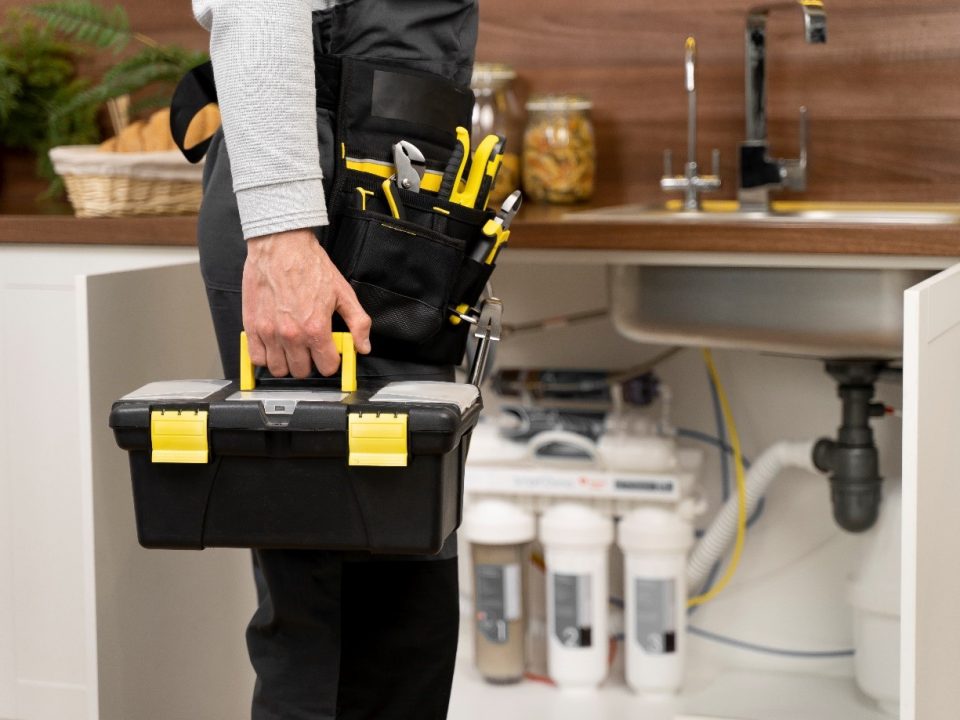Practical Ways To Save On Your Kitchen Remodeling Project
June 24, 2016Improve Your Home Exterior for Better Street Appeal
June 28, 2016Water and indoor air quality at home can be affected by more than a contaminated water supply or stray pollen finding its way inside. Misinformation about some of the unseen health risks is a major hazard. Here are four home health risks you may want to check your home for.
- Hidden Mold and Fungus Spores
Old carpet and rugs exposed to water are breeding grounds for mold and fungus colonies. Dry rugs not cleaned often can harbor the tell-tale musty odor of these respiratory irritants. Rubber or vinyl bath mats are another place mold and fungus will grow underneath virtually undetected without consistent cleaning. Clean and disinfect on top and underneath regularly.
- Toxic Gases
Radon is an odorless and tasteless radioactive gas that causes lung cancer. This natural substance is found in soil and rock underneath the home, in some building materials and ground water wells. When the harmful gas is discharged, it can seep inside homes through cracks in the foundation and small openings in walls. Homes that are tightly constructed or have poor ventilation are especially vulnerable. The only way to detect it is through testing. Having your indoor air tested for radon and mitigated, if necessary, may benefit your health.
- Bad Pipes
Experiencing low water pressure? Older homes built before the 1900’s, and some as late as the 1950’s, may be serviced by bad pipes that are corroding and crumbling. A Bailey Plumbing recommends making leaky pipes a priority in order to avoid unnecessarily high water bills. Waiting until a faulty pipe bursts–and it eventually will–could rain double trouble including your financial health.
- Damaged Flue Pipes or Chimneys
Most masonry chimneys used to vent woodstoves, furnaces or fireplaces have sections of clay flue tile stacked to form the flue liner. Gaps and cracks formed over time can let poisonous gases and compounds escape into your home, and make you sick. Creosote build-up outside the flue increases risk in the event of fire. Have your chimney and flue inspected regularly, and perform maintenance as needed to avoid health hazards and minimize loss of heat efficiency.
Much of your home maintenance can be done yourself. However, unless you are trained for maintaining more complicated elements, hire licensed professionals to perform complicated procedures. By giving your home the attention it deserves you may see an improvement in your own health.









